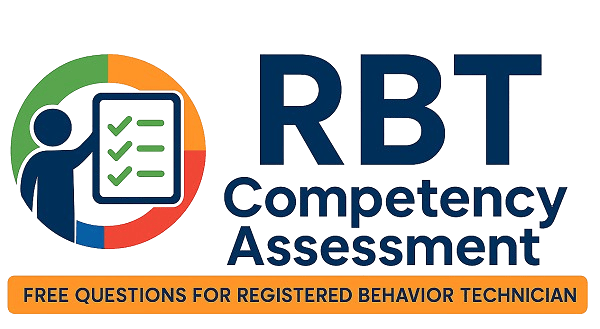Ready to level up your RBT exam prep? Our second free RBT Practice Exam Second is here to challenge you! Packed with 20 tougher multiple-choice questions and clear, detailed explanations, this exam is designed to sharpen your skills and boost your confidence. Practicing with these questions is hands-down the best way to prepare for the RBT certification exam, helping you master key concepts like behavior analysis and data collection. Dive in, test yourself, and get one step closer to crushing the real thing! Keep coming back for more free RBT practice resources to stay on top of your game.
